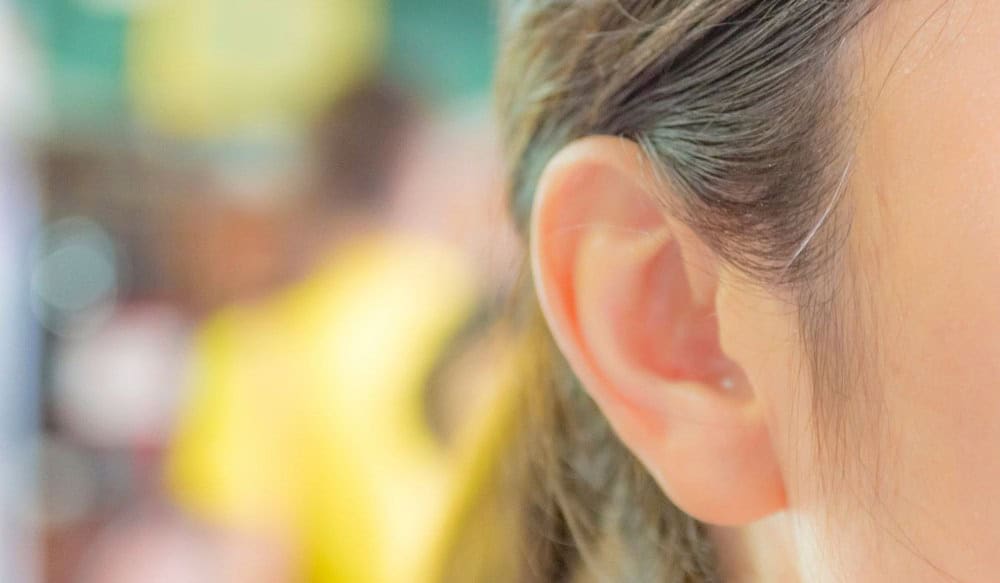Hearing Loss and Its Connection to Balance Issues
Your sense of balance and hearing are closely connected – when one


Your sense of balance and hearing are closely connected – when one

Untreated hearing loss can deeply affect your everyday life, often in ways

Going through the process of hearing loss treatment can sometimes feel